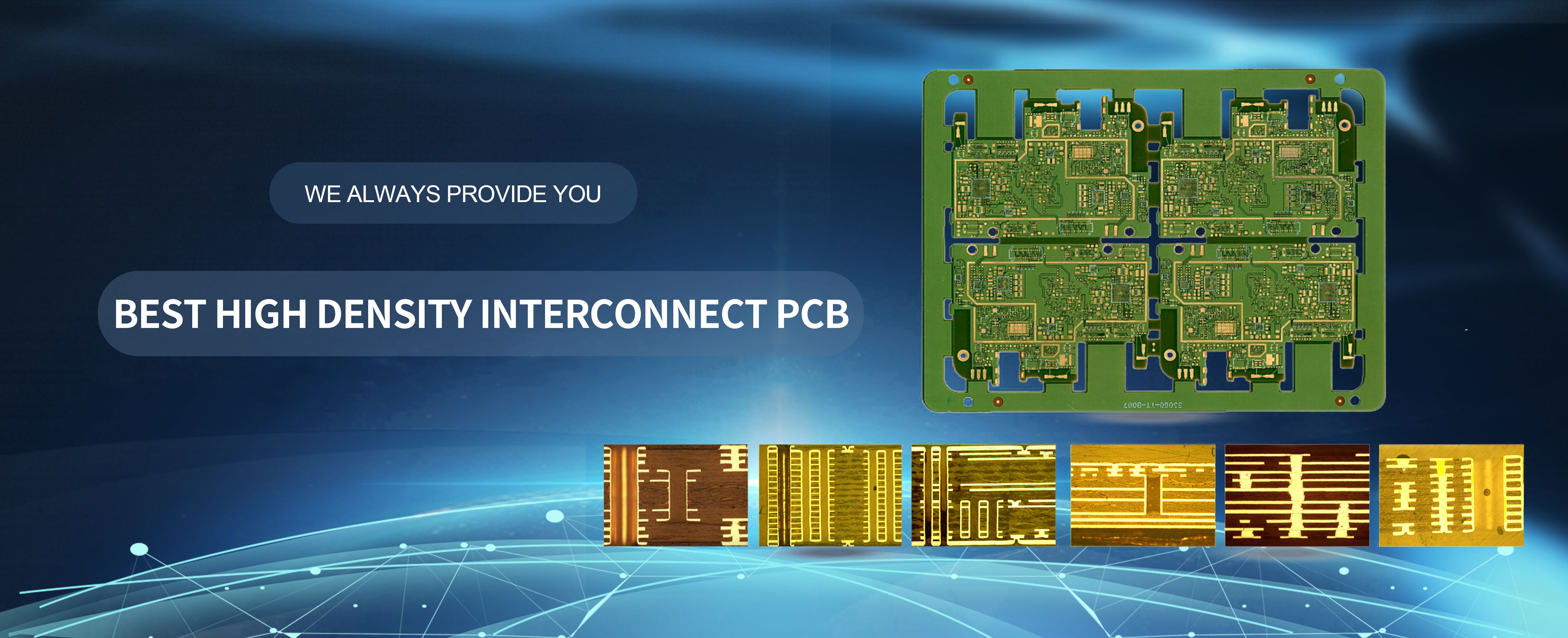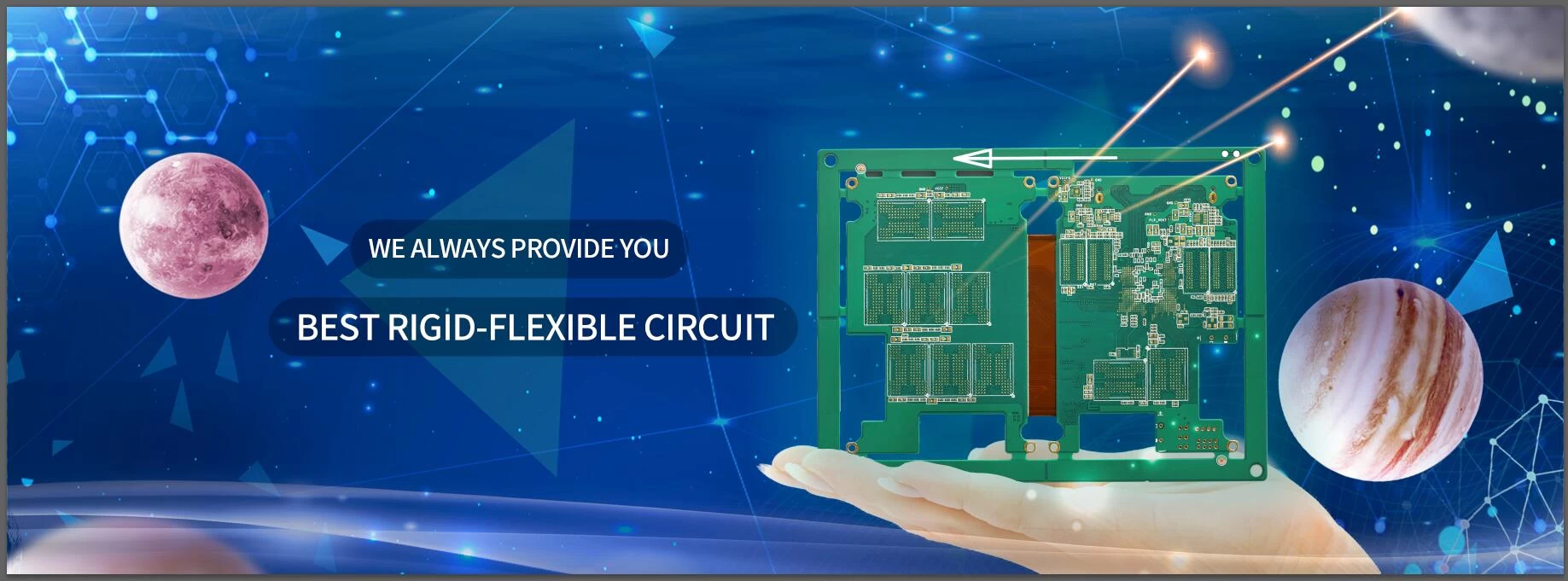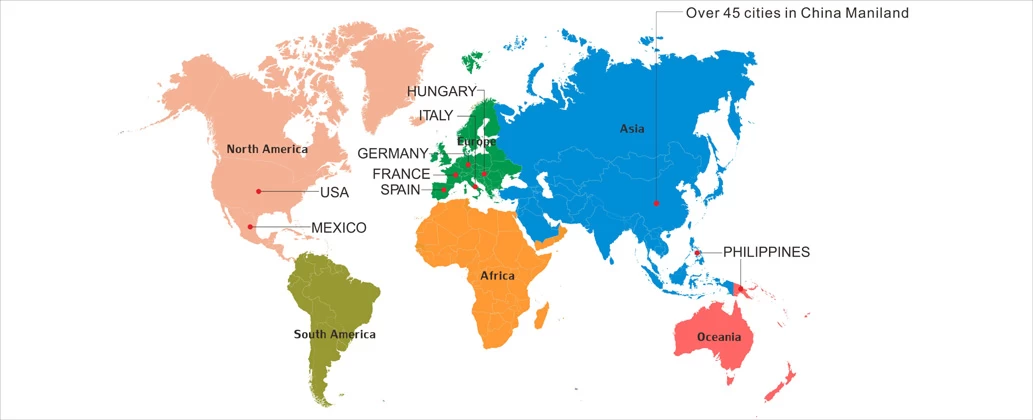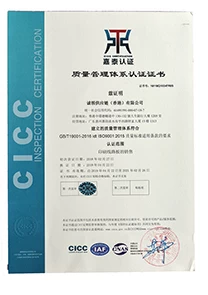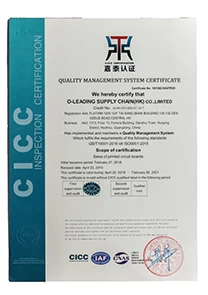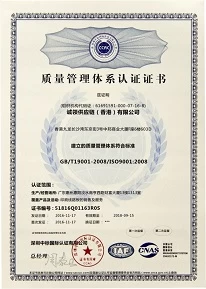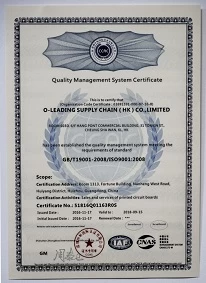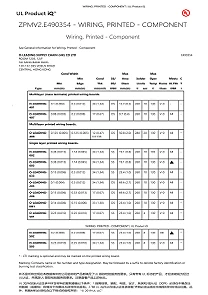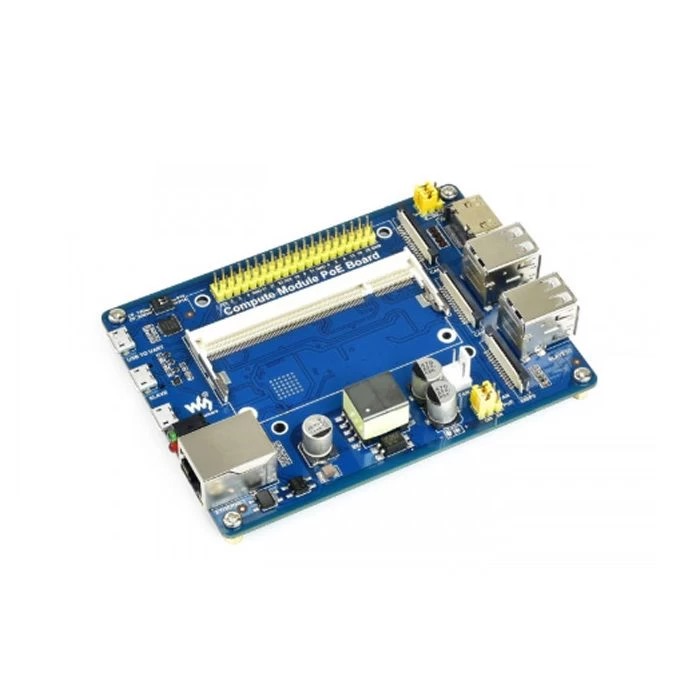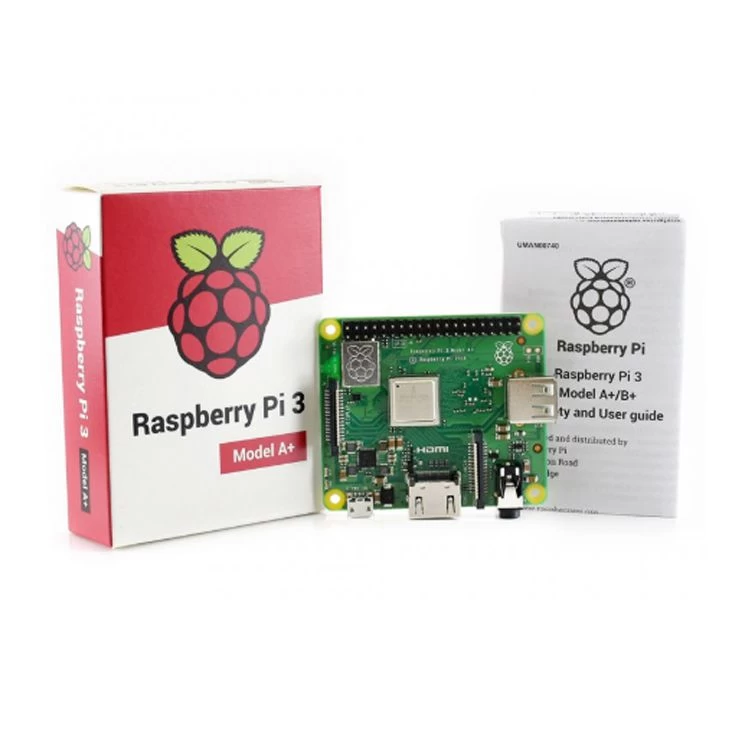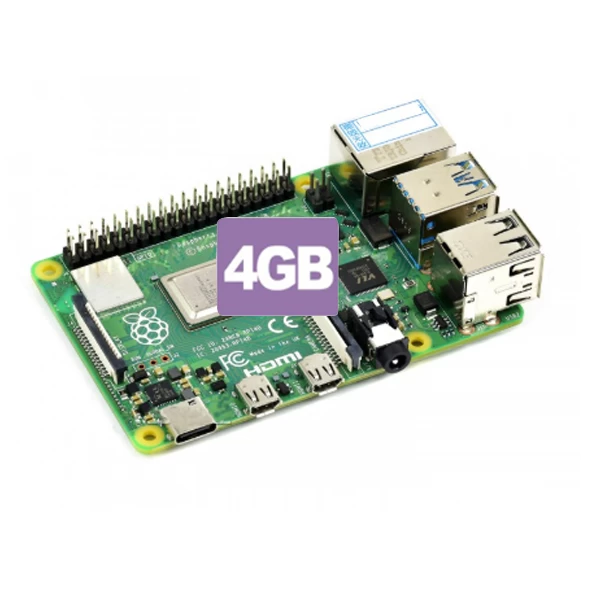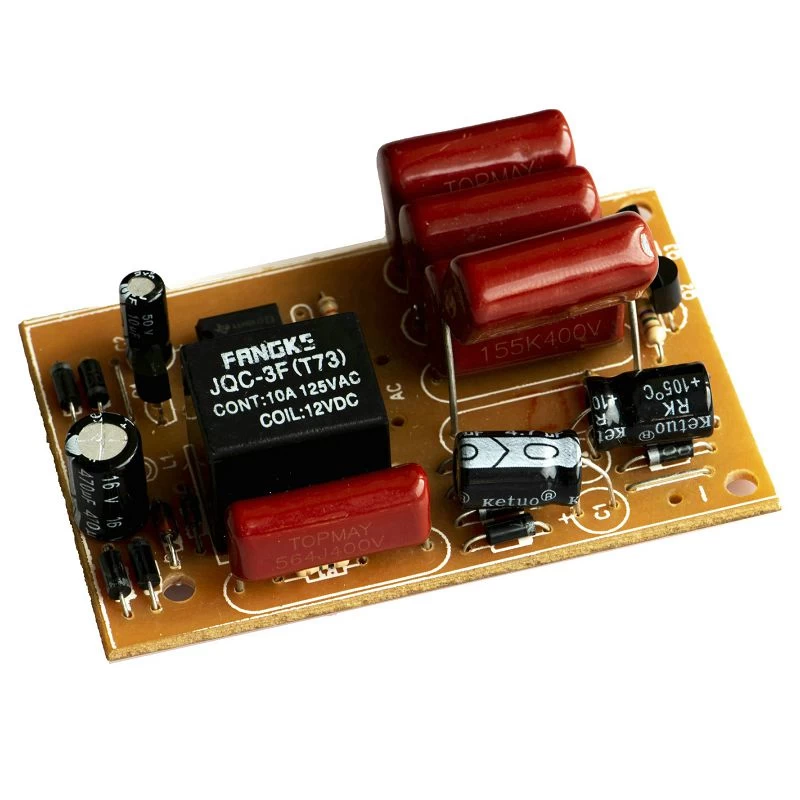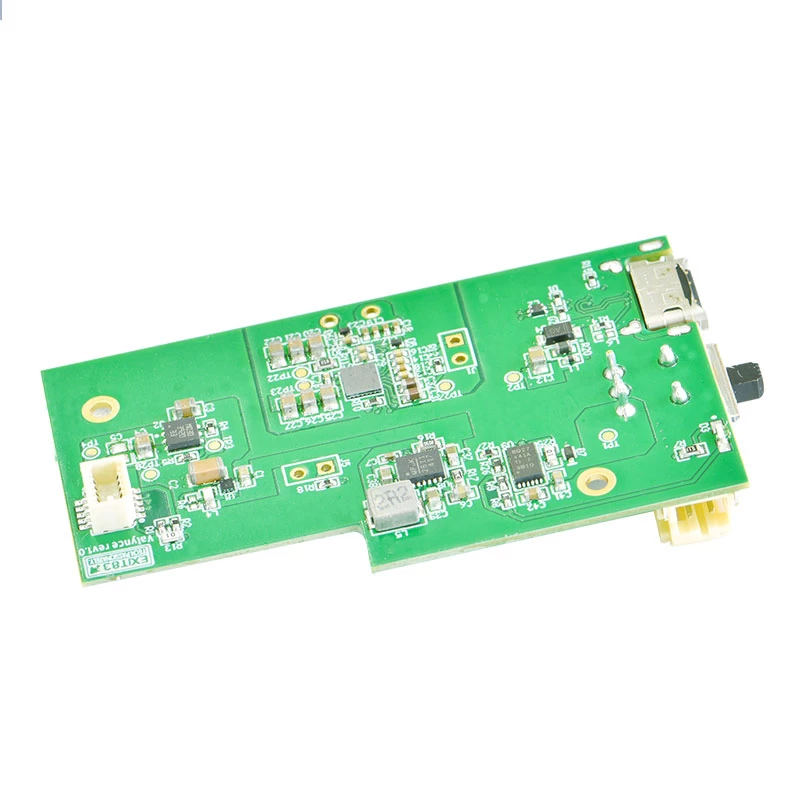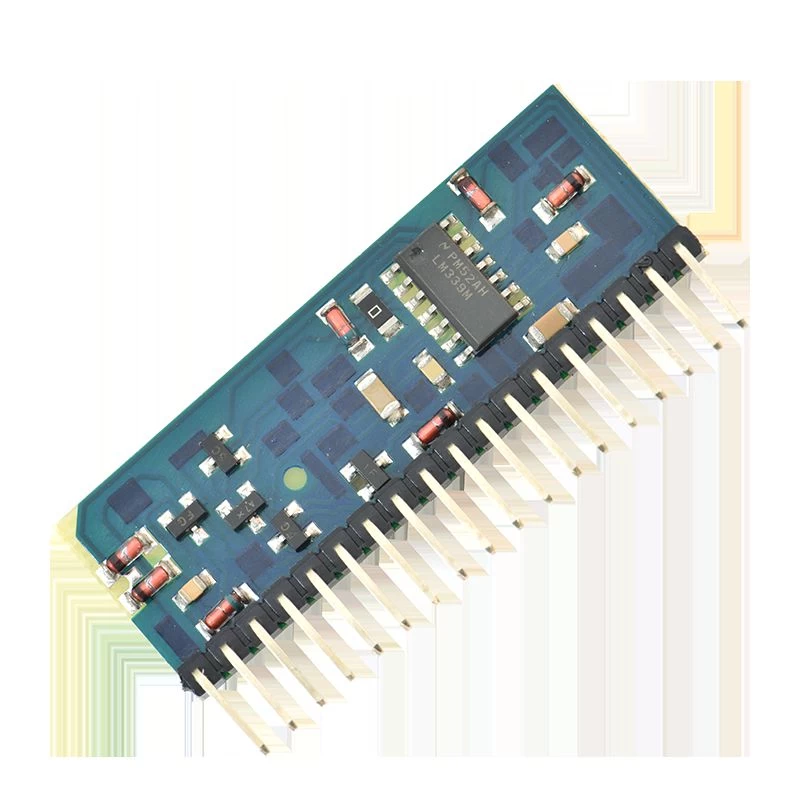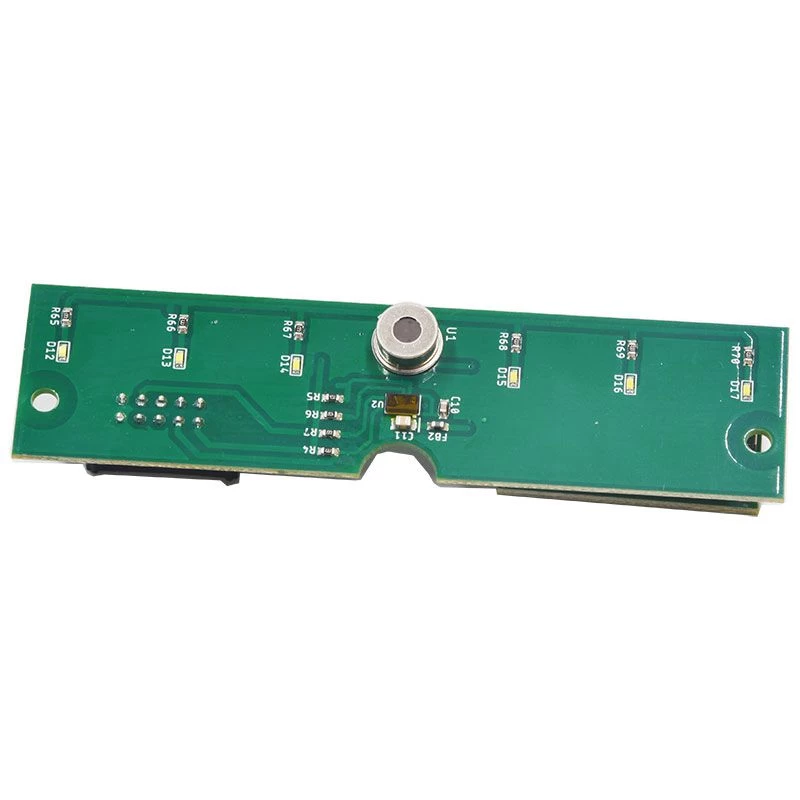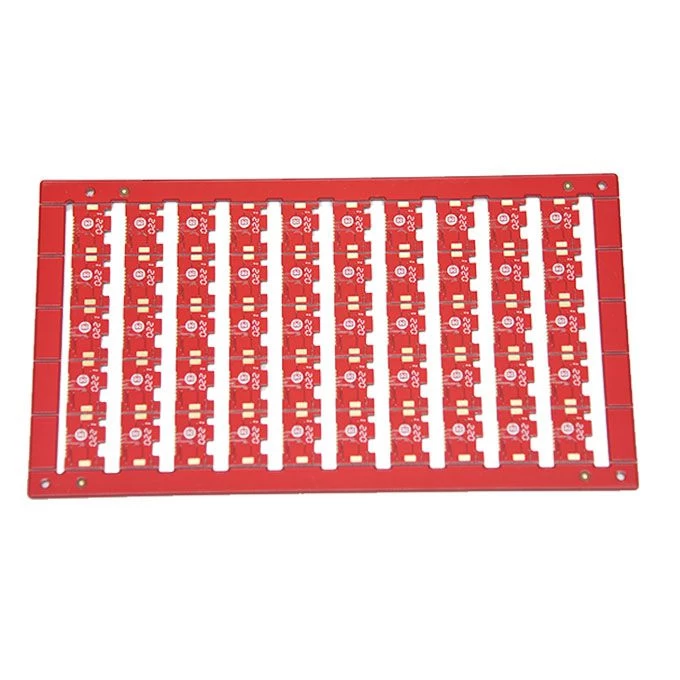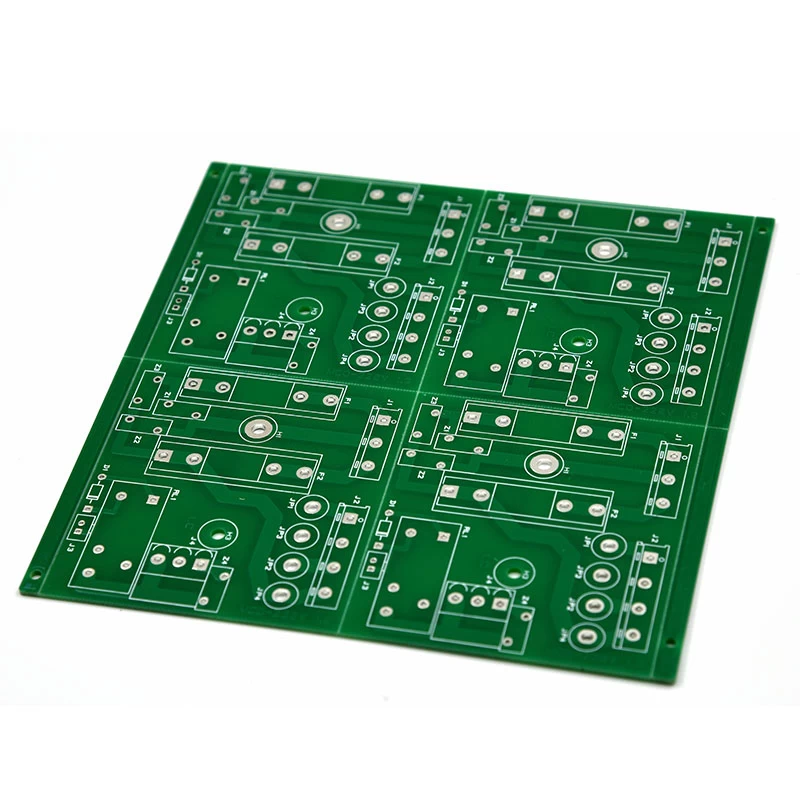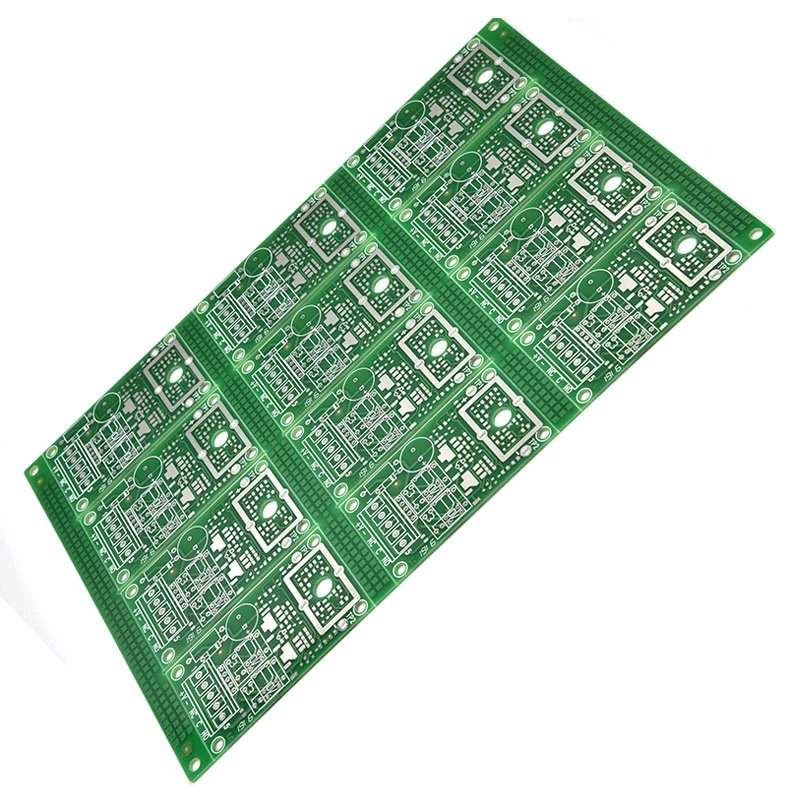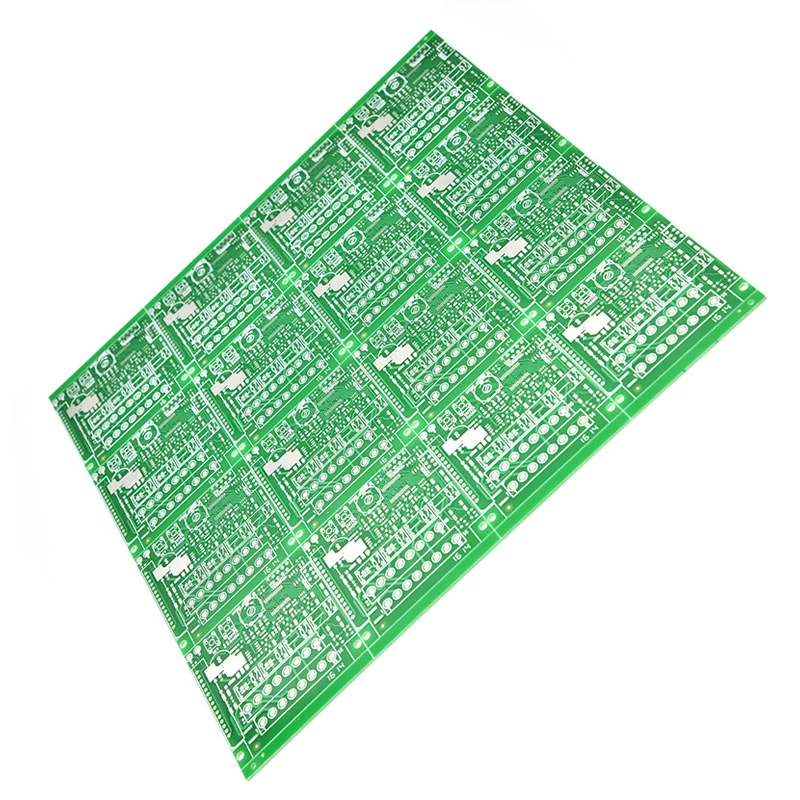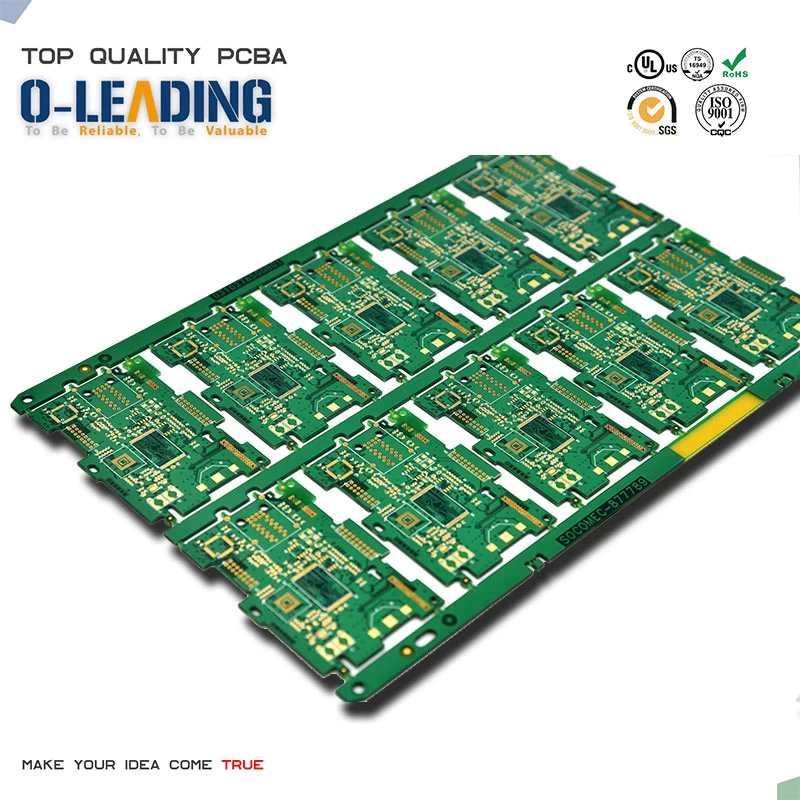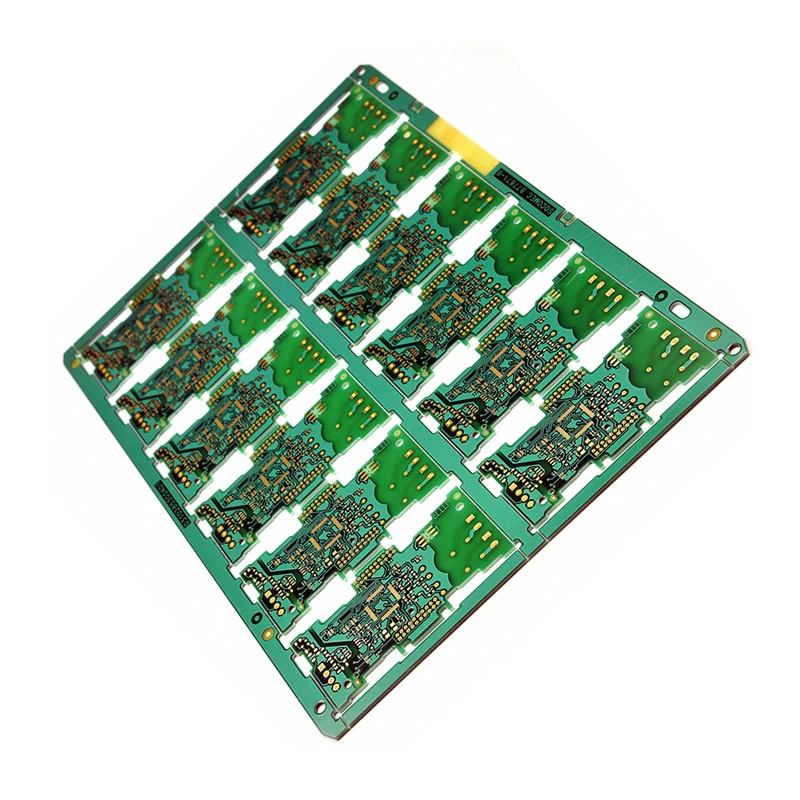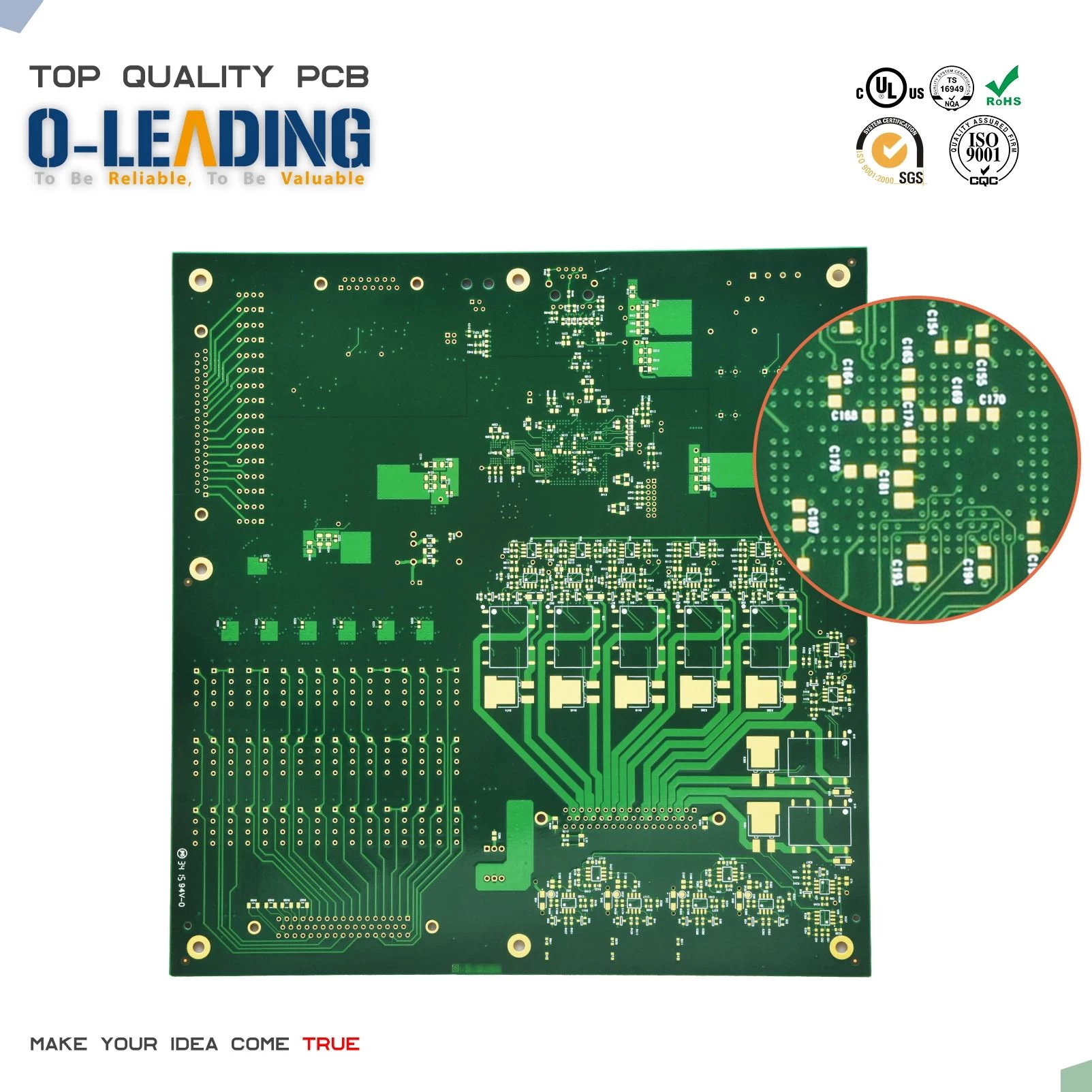The problem of PCB layer deviation
o-leading
o-leading.com
2018-08-20 14:50:42

With the development of high-level and high-precision PCB boards, the inter-layer alignment accuracy requirements are becoming more and more strict, and the PCB board layer bias problem is becoming more and more serious. There are many reasons for the PCB board layering in the circuit board factory. Now we share with you the main influencing factors of the layering phenomenon.
The general definition of PCB layer bias:
The layer bias refers to the difference in concentricity between the layers of the PCB board that is originally required to be aligned. The requirements range is controlled according to the design requirements of different PCB types. The smaller the hole-to-copper spacing, the stricter the control is to ensure its ability to conduct and over-current.
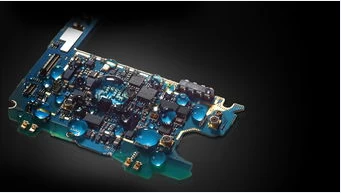
The layer bias refers to the difference in concentricity between the layers of the PCB board that is originally required to be aligned. The requirements range is controlled according to the design requirements of different PCB types. The smaller the hole-to-copper spacing, the stricter the control is to ensure its ability to conduct and over-current.

In the production process, the method of detecting the partial deviation is commonly used:
At present, the method commonly used in the industry is to add a set of concentric circles in each corner of the production board, and set the spacing between concentric circles according to the requirements of the production layer, and pass the X-Ray inspection machine or X-drill in the production process. The target machine looks at the concentric offset to confirm its layered shape.
At present, the method commonly used in the industry is to add a set of concentric circles in each corner of the production board, and set the spacing between concentric circles according to the requirements of the production layer, and pass the X-Ray inspection machine or X-drill in the production process. The target machine looks at the concentric offset to confirm its layered shape.
Analysis of the causes of PCB layer deviation:
First, the inner layer is biased
The inner layer is mainly the process of transferring the graphics from the film to the inner core board. Therefore, the layer bias will only be generated during the graphic transfer production process. The main reasons for the layer bias are: inconsistent expansion and contraction of the inner film, exposure machine Factors such as misalignment and improper operation during personnel alignment.(High quality pcb wholesalers)
First, the inner layer is biased
The inner layer is mainly the process of transferring the graphics from the film to the inner core board. Therefore, the layer bias will only be generated during the graphic transfer production process. The main reasons for the layer bias are: inconsistent expansion and contraction of the inner film, exposure machine Factors such as misalignment and improper operation during personnel alignment.(High quality pcb wholesalers)
Second, PCB board pressing layer bias reasons
The main reasons for the pressure-bonding layer are: inconsistent expansion and contraction of each core layer, poor positioning hole, misalignment, riveting misalignment, and skateboarding during pressing.
The main reasons for the pressure-bonding layer are: inconsistent expansion and contraction of each core layer, poor positioning hole, misalignment, riveting misalignment, and skateboarding during pressing.

